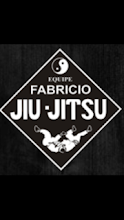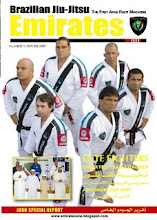O brasileiro Fabrício "Morango" Simões voltou com o pé direito ao Ultimate e derrotou o estreante americano Tommy Hayden nesta sexta-feira, pelo card preliminar do UFC Fight Night 26, em Nashville, EUA. O peso-leve carioca finalizou o até então invicto Hayden com um mata-leão ainda no primeiro round.
Hayden começou melhor, acertando um golpe de encontro de direita. As entradas de Morango nas pernas estavam bem marcadas pelo americano, que quase conseguiu suas costas num clinch. Com cerca de três minutos restando no primeiro round, o carioca enfim conseguiu levar a luta ao chão e, trabalhando na guarda, quase encaixou uma chave de braço.
O americano tentou se levantar, mas Morango o pegou pelo tornozelo e levou a luta de volta para o chão, invertendo a posição e ficando por cima. Rapidamente, o brasileiro conseguiu pegar as costas e o estrangulou com um mata-leão. Hayden pareceu bater em algumas ocasiões, mas o árbitro Josh Rosenthal só encerrou o combate quando o americano bateu duas vezes no braço de Camões, aos 4m03s.
- Esta jaula é mágica. Quero agradecer ao Joe Silva e Dana White por me trazerem de volta. Esta é a minha primeira vitória no UFC. Prometi que estaria melhor nas próximas lutas e espero um dia lutar no Brasil - disse Morango no microfone aberto do evento, após a luta.
Morango agora tem 14 vitórias, seis derrotas e um empate na carreira. Ele havia empatado com Caol Uno e perdido parta Kurt Pellegrino em sua primeira passagem pelo Ultimate e venceu duas lutas no Tachi Palace Fights antes de voltar à franquia. A derrota foi a primeira da carreira de Hayden, que vinha de oito vitórias consecutivas.


















(1)_-_Copy.jpg)